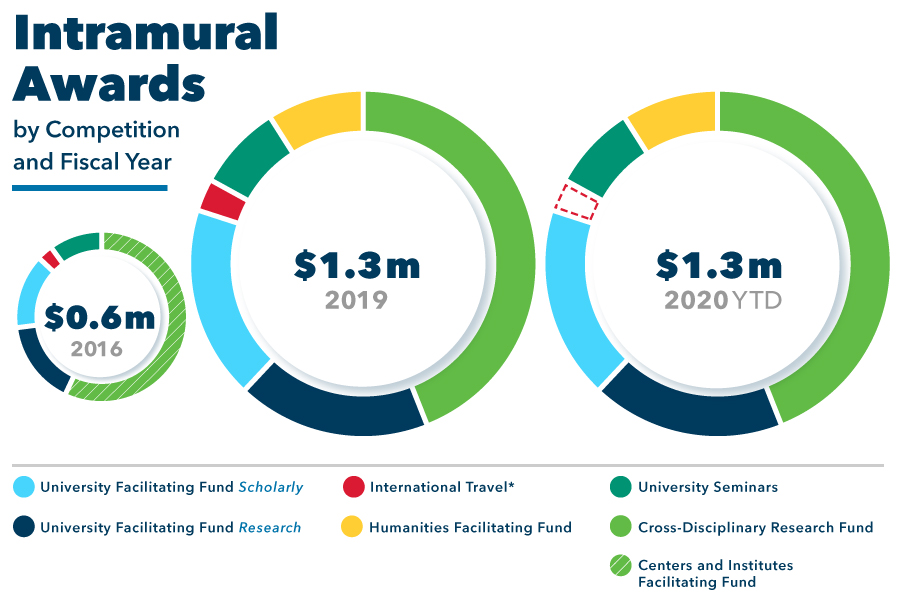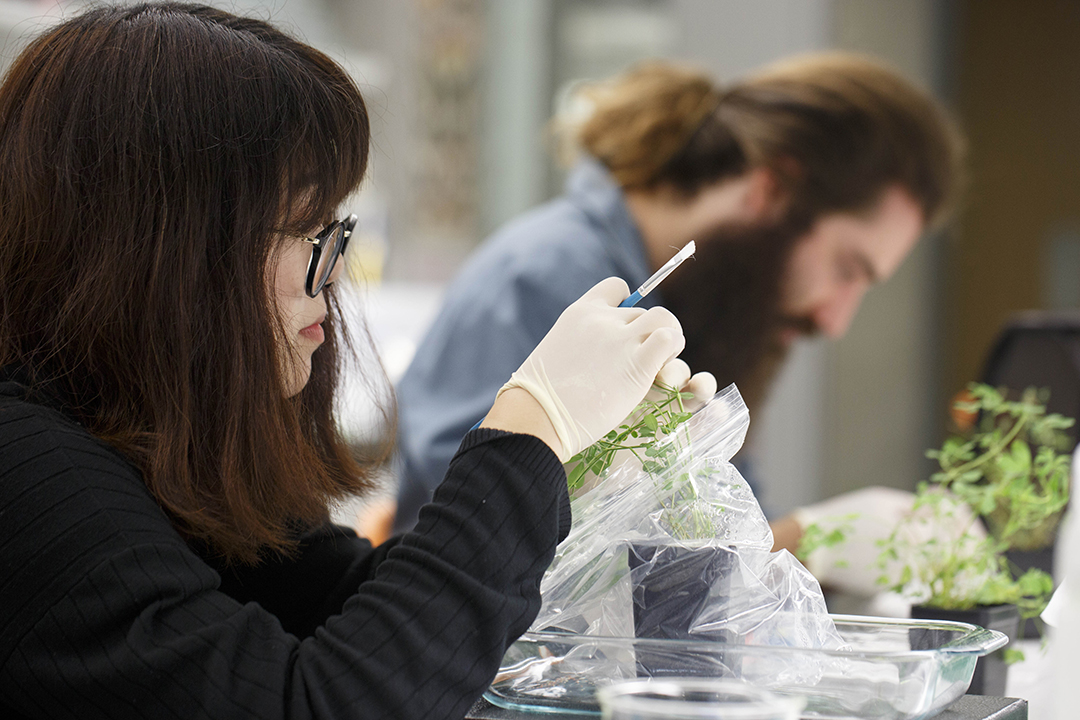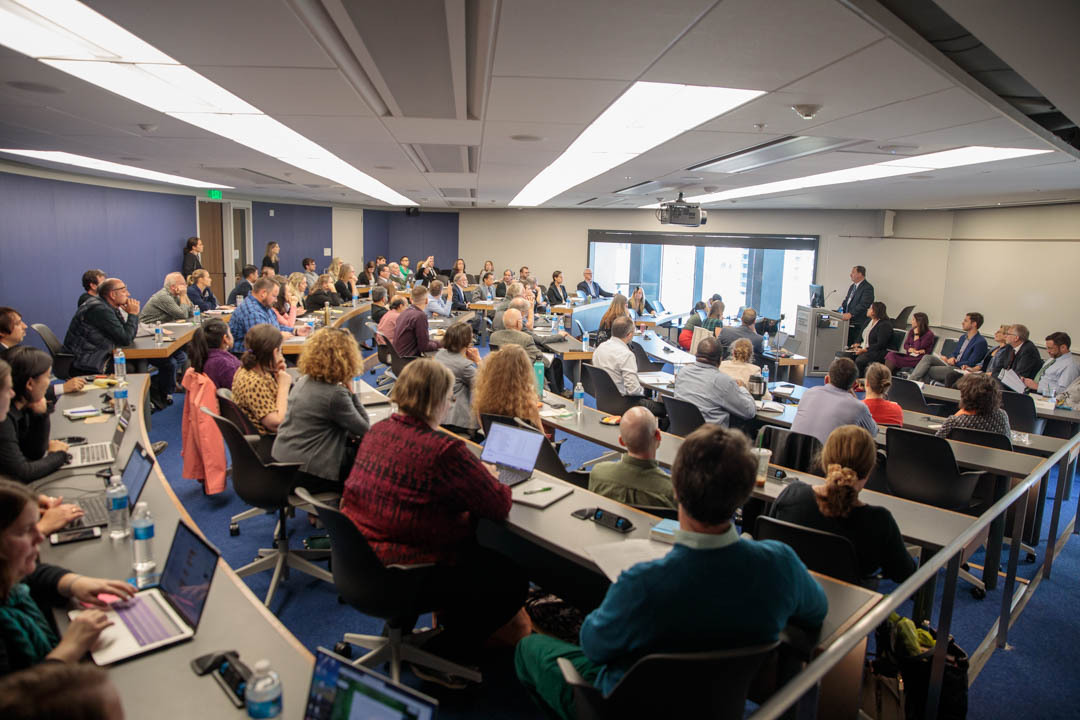By Kristen Mitchell
When Saniya LeBlanc first had the idea to use 3D printing to create thermoelectric devices that convert heat directly into electricity, she knew she needed to test her idea and see whether it were possible. At the cutting-edge of the field, she was attempting to do something no one had done before.
Dr. LeBlanc, an assistant professor in the School of Engineering and Applied Science’s Department of Mechanical and Aerospace Engineering, applied for the University Facilitating Fund (UFF), which fosters the creation of new research projects and scholarly activities that encourage application to externally funded opportunities or bring external recognition to the full-time faculty member and university. She was awarded funding, which allowed her to test the idea and gather data to advance her work.
“Nobody had used an additive manufacturing approach and thought about using it to change how thermoelectric devices are made, so it is something that was a really nice idea, but there wasn’t a lot to go off of in terms of what was going to happen when we tried that,” she said. “It’s immensely helpful to have this seed funding in order to get the project off the ground and get you the results that you really do need if you’re going to go after external funding.”
As Dr. LeBlanc’s project grew, she was able to secure external funding from multiple sources. Her experience is just one success story stemming from the university’s commitment to providing internal funding opportunities for faculty and transforming GW into a preeminent comprehensive global research university.
In addition to providing faculty members with the opportunity to kickstart new projects and generate preliminary data that could support them in applying for external grant funding, intramural funding also gives support for faculty who produce work in fields where external funding is scarce.
Researchers have presented their internally-funded work at conferences, published their findings and have won external grants based on their projects. These projects also often provide paid research opportunities for undergraduate and graduate researchers.
"With financial support, faculty can turn a great idea into a successful project that generates new knowledge at the cutting-edge of their disciplines. Or they can tackle problems that require expertise from multiple corners of the campus," said Vice President for Research Robert H. Miller. "As a result, new collaborations emerge, books and articles get published, and external funding is secured. From reputational and financial standpoints, intramural funding programs provide a great return on our investment."
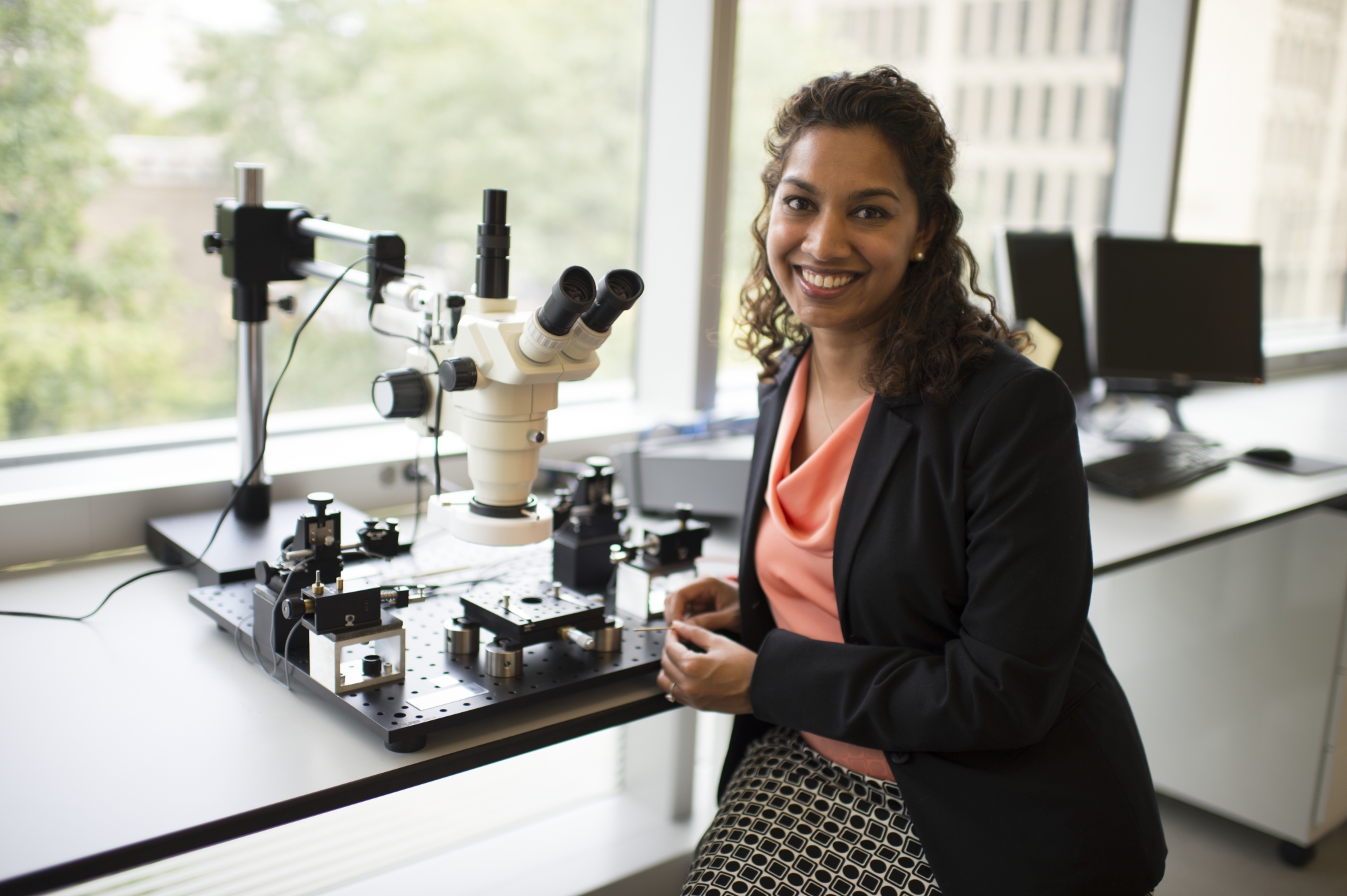
Saniya LeBlanc, an assistant professor in the Department of Mechanical and Aerospace Engineering, received a UFF award to explore printing thermoelectric devices that convert heat directly into electricity.
Promoting Scholarly Research
Heather Bamford, an assistant professor of Spanish literature in the Columbian College of Arts and Sciences, is a UFF recipient. She previously used the award to travel to Spain to visit archival libraries and view manuscripts that ultimately were incorporated into her first book, Cultures of Fragment: Uses of the Iberian Manuscript, which was published in 2018.
Being able to visit the archives and see manuscripts in-person was an important component of the research process, Dr. Bamford said.
“Some of these medieval and early modern manuscripts don’t simply contain one text, but hundreds of different texts, often in a variety of languages, including Spanish, Latin, and Arabic,” she said. “Many of the texts were fragmentary when they were copied in the manuscripts in the first place, and in other cases, folios have fallen out over time. If you work just from digital images, it’s hard to see how the book lost pieces and others were added, so to have that experience with the material book is really valuable.”
Dr. Bamford was also able to speak with colleagues who are working on similar projects while visiting the archives. This gave her the opportunity to collaborate with other experts in the field and give and receive feedback on different questions. Without intramural funding, the cost of travel would have been prohibitive, she said.
The UFF solicits both research and scholarly proposals. Dr. Bamford has submitted scholarly proposals to pursue her work. The opportunity to receive funding for humanities projects under the UFF umbrella boosts morale and makes faculty feel like their work is being recognized by the university, she said.
“I think it’s important to emphasize the diversity of research that happens at GW,” she said. “It’s one of our strengths, and we should keep the variety.”
In addition to the UFF, the Office of the Vice President for Research (OVPR) also supports the Cross-Disciplinary Research Fund (CDRF), which is designed to establish collaborative research projects between two or more diverse departments, and the Humanities Facilitating Fund (HFF), which specifically provides additional funding for projects in the humanities.
Tyler Anbinder, a professor in the Department of History and co-chair of OVPR’s Humanities Advisory Committee, said the HFF is designed to give humanities faculty greater access to funding opportunities, which are more limited than for scholars in the sciences or social science. Previous winners have included faculty from CCAS, the Elliott School of International Affairs and the College of Professional Studies.
Faculty can use the HFF to work on books or articles, hire a research assistant, travel for research, travel for professional conferences and purchase materials. Dr. Anbinder, a recipient of the HFF, used the funding to hire a research assistant.
“It’s great for the student who gets experience working with a faculty member and getting a sense of what their research program is like,” he said. “Without the HFF, I would not otherwise have been able to hire a research assistant.”
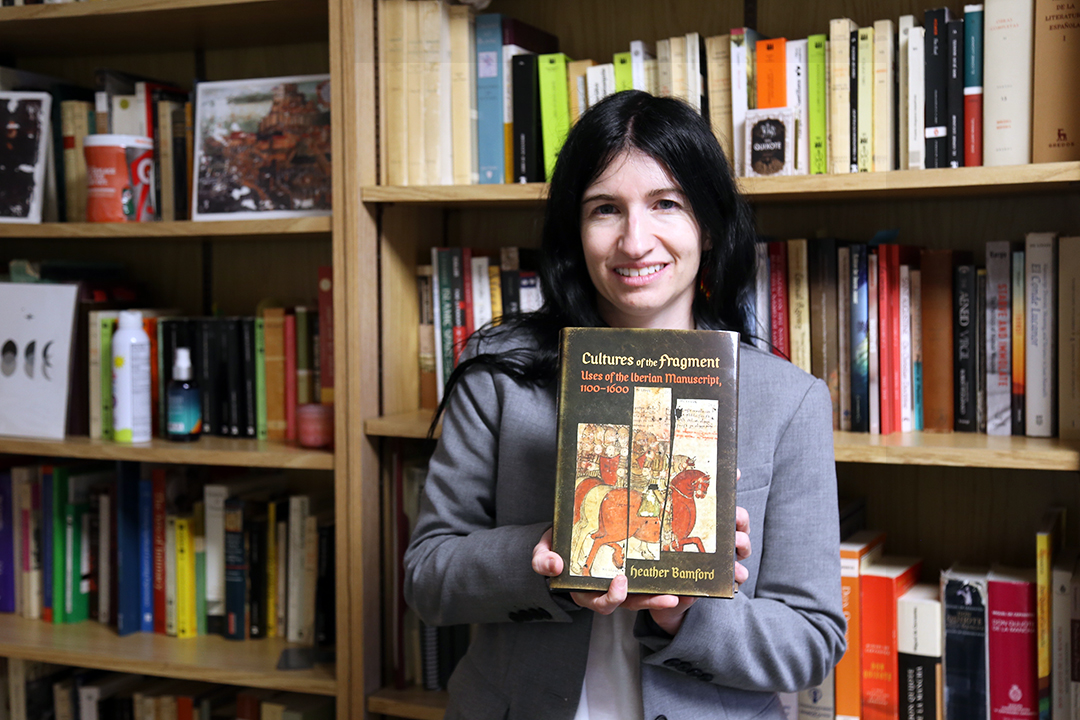
Heather Bamford, an assistant professor of Spanish literature, used her UFF award to travel to Spain to visit archival libraries and view manuscripts that ultimately were incorporated into her first book.
Increased Collaboration
Stephen Mitroff, professor of cognitive neuroscience in CCAS’s Department of Psychological and Brain Sciences, and Rachel Brem, professor of radiology at the School of Medicine and Health Sciences, were awarded a Cross-Disciplinary Research Fund (CDRF) to explore the benefits and challenges radiologists experience when examining 3D breast imaging that has revolutionized the field.
Compared to traditional 2D imaging, 3D imaging helps radiologists better detect cancer and more reliably determine when no cancer is present. This results in fewer repeat visits to a doctor’s office and less anxiety for patients. Examining 3D images, however, is more time consuming and mentally draining for radiologists.
After discussing these challenges, Dr. Mitroff and Dr. Brem applied for a CDRF to create a laboratory model simulation of the clinical setting. After receiving the funding they engaged GW undergraduate students and radiologists to evaluate both 2D and 3D images. They found that students’ performance looked a lot like the trained professionals. This simulation would allow the researchers to test future questions about cognitive performance without interfering in clinical practices, Dr. Mitroff said.
Dr. Brem and Dr. Mitroff were able to use the funding to support a postdoctoral researcher to lead the study, which was eventually published in a journal. Dr. Mitroff said it would have been more challenging and taken longer to complete this work without support from the CDRF.
The award is a “nice incentive and reminder” of the value of doing cross-disciplinary work, Dr. Mitroff said.
“It’s all about finding a partnership where you have questions that both sides are excited about and interested in,” he said. “When you get more out of it than just doing something in parallel, it’s a partnership where both groups get stronger by doing a collaboration.”
Dr. Mitroff and Dr. Brem hope to continue this research and are seeking external funding.
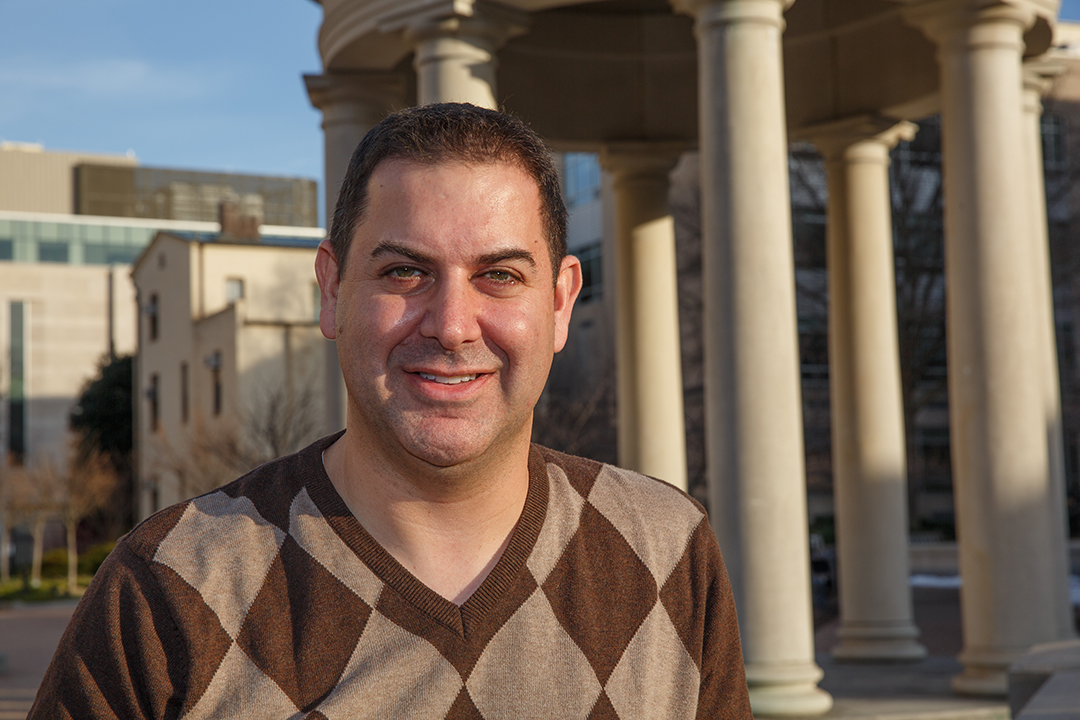
Stephen Mitroff, a professor of cognitive neuroscience, was awarded a CDRF to explore the benefits and challenges radiologists experience when examining 3D breast imaging. He worked on this project alongside Rachel Brem, a professor of radiology at SMHS.
Investing in Faculty
Intramural awards received a boost in funding as part of the research strategic initiative in late 2017. Intramural funding has more than doubled from $600,000 in fiscal year 2016 to $1.3 million in fiscal year 2020. This increase of $700,000 is planned to continue in future years. In the past four fiscal years, CDRF-funded researchers alone have reported receiving more than $15 million in external funding related to their projects.
Eligible full-time faculty members are invited to apply for the UFF by Nov. 7 to meet the fiscal year 2021 deadline. The deadline for the CDRF is Dec. 11. Once received, applications are scored by panels of faculty reviewers. The HFF deadline is in the spring.
Funded by the Office of the Provost, OVPR administers the University Seminar Series funding program, which funds seminar series that foster sustained discussion of issues that cross disciplinary boundaries. GW also provides funding for travel to facilitate international collaborations through the International Research Programs and supports the creation of research illustrations with Illustrate Your Research in collaboration with the Division of External Relations.


